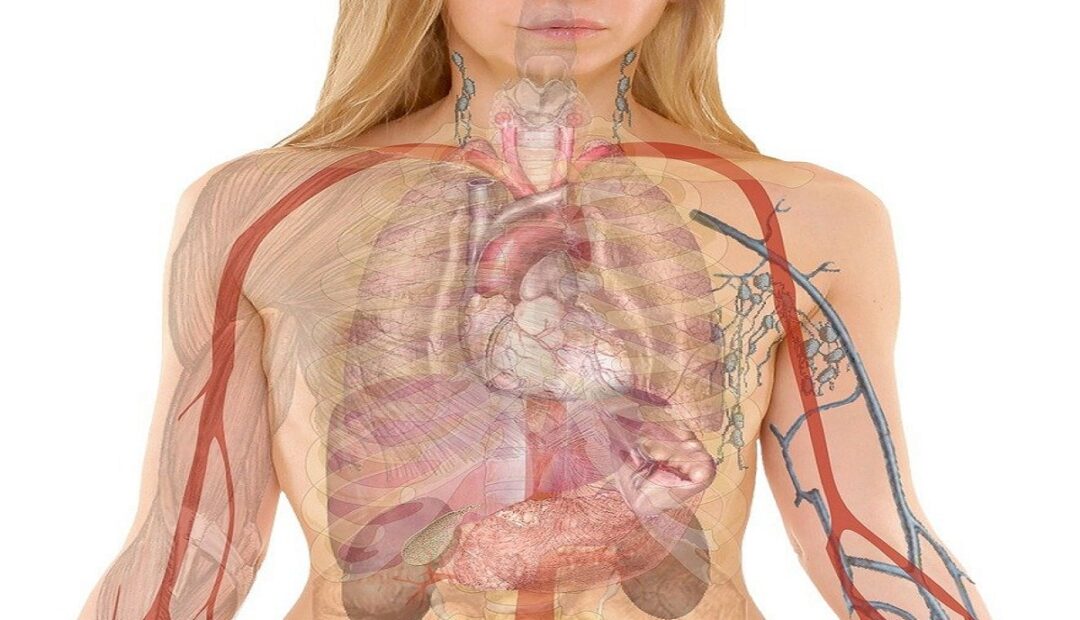Evolution: Theories of Evolution, Jean Lamarck’s theories & Charles Darwin’s theory
Theories of Evolution Organic Evolution Organic evolution is the sum total of adaptive changes from pre–existing or old forms that has taken place over a long time resulting in diversity of forms, structures and functions among organism. The basis of evolution is that all organisms have pre–existing ancestors. Evidences of Evolution Fossil record: A fossil […]
Evolution: Theories of Evolution, Jean Lamarck’s theories & Charles Darwin’s theory Read More »

